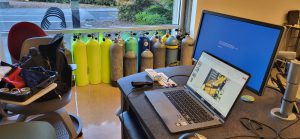
Cylinder Inspection Training: Why a Maintained Cylinder Is a Happy Cylinder
Uncover the importance of gas cylinder inspections and training. Dive deep into ensuring safety, boosting efficiency, and prolonging cylinder life.
Don Kinney – Cylinder Training Services
A proper visual inspection of any cylinder requires a trained inspector to assess the cylinder both internally and externally. The external assessment is much easier given that you can manipulate the cylinder, finding the best lighting conditions. The inspector also has a greater range of motion and available tools to estimate or measure any located damage on the exterior of the cylinder. As the inspection moves internally, starting with the threading, it becomes more difficult. The inspector can move the cylinder for better lighting or positioning while using the light and mirror or other thread inspection device, but the range of motion decreases. Where the inspection and assessment of damage becomes most difficult is within the interior of the cylinder.
Inspecting the interior of a cylinder through a tiny opening is movement restrictive and visually impairing. The inspector has a limited view, limited lighting and must manipulate the inspection tools without being able to expand the opening. During a cylinder inspection course, techniques can be discussed on how to assess internal markings or damage. It is difficult to replicate what the instructor is teaching and then ensuring the student can grasp the concept and apply the principles. It is hard enough for one person to see within the cylinder. It is impossible for two people to look through the opening with one person trying to describe what the other may be seeing.
Discussion, videos and practice are currently the best way to teach this skill. Borescopes and videos can be used to discuss techniques and concepts, but to truly test a skill one would need to have the ability to separate a cylinder (cut it in half) and assess the damage without the limitations of a small opening. For this reason, it is encouraged to always get a second opinion of any concerns before making a final assessment.
I was brought in to give a second opinion on a cylinder inspection. My staff had inspected a steel cylinder with unusual markings on the bottom. They could not determine if it was a mark during the manufacturing process or some type of corrosion which had recently developed. The first photo shows what we saw through the neck of the cylinder. As you can see it is unusual, but not obvious corrosion. We also could not determine if it was a manufacturing issue or a concern as to the integrity of the cylinder.
We used a straight probe and poked around. We could feel a difference in height and the tip of the probe would get caught and not move, but we did not know how it was catching. We used a borescope to get a closer look. That showed an obvious ridge, but did not help us determine if we had loss of metal (corrosion).
After some discussion and consultation with the owner, we all agreed to remove the cylinder from service. The owner was kind enough to donate the cylinder to research. I then took the cylinder to a machinist and had the bottom cut off. The following photos showed what was happening upon closer examination and the ability to inspect the concern without the hindrance of a small opening.What we found was that the original issue was likely caused during the manufacturing process. The edge of the unusual feature was likely causing small amounts of moisture to sit against this ridge, which was causing corrosion. The corrosion was happening behind the ridge and out of view of the cylinder inspector. Being able to cut the cylinder confirmed our concerns that the feature we saw within the cylinder was likely going to cause a safety risk in the future. We were pleased with our initial assessment to remove that cylinder from service.
Using this one cylinder as an example here are some tips I can recommend helping you decide on whether to fail a cylinder:
Many cylinders have similar internal surfaces. If something is not common, that is a reason to set it aside for further evaluation or a second opinion.
If the object cannot be removed the inspector cannot make a proper assessment. Without the ability to assess a cylinder, the inspector should not approve of its continued operation.
Any time something within a cylinder can trap moisture there is an increased chance of corrosion.
A cylinder inspector normally makes the determination on damage assessment using visual references. Since this technique is limited in scope and accuracy it is better to err on the side of caution. This stresses the point of getting proper training as a visual inspector. A formal inspection course should cover normal and abnormal cylinder conditions. A course also offers the student the opportunity to discuss situations with a trained inspector. With proper training the inspector will be given the tools to make an informed decision before continuing the use of a cylinder or having it removed from service.
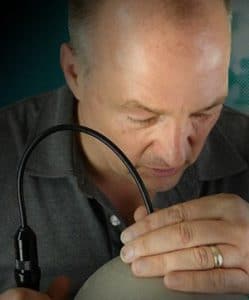
I enjoy continuing to build the business based on safety since 1999. CTS focuses on the inspection of high pressure cylinders, the maintaining of the valves and basic maintenance of high pressure compressor systems. CTS stays current in techniques and tools to train both the new and novice employee. We publish articles, update training tools and have created an APP to assist during the inspection process.
#cylinder #safety #hazmat #training #cylinderinspectiontraining #cylindex

Uncover the importance of gas cylinder inspections and training. Dive deep into ensuring safety, boosting efficiency, and prolonging cylinder life.
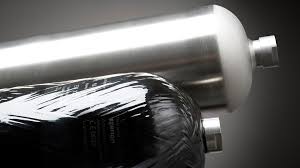
Is your composite cylinder showing signs of wear? Discover when to seek a professional repair service in our comprehensive guide.
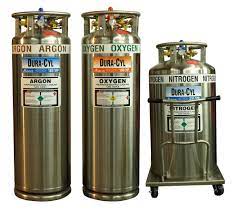
29 CFR 1910.101 intro Handling cryogenic cylinders involves working with extremely low-temperature gases that pose unique safety risks. To ensure the safe handling, storage, and transportation of these hazardous materials,
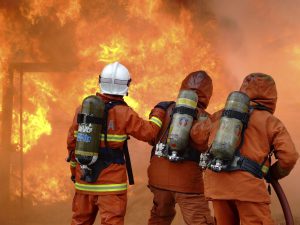
Introduction Firefighters encounter many risks while on duty, including hazardous materials and high pressure bottles. High pressure bottles are used for a variety of purposes in firefighting, including powering hydraulic